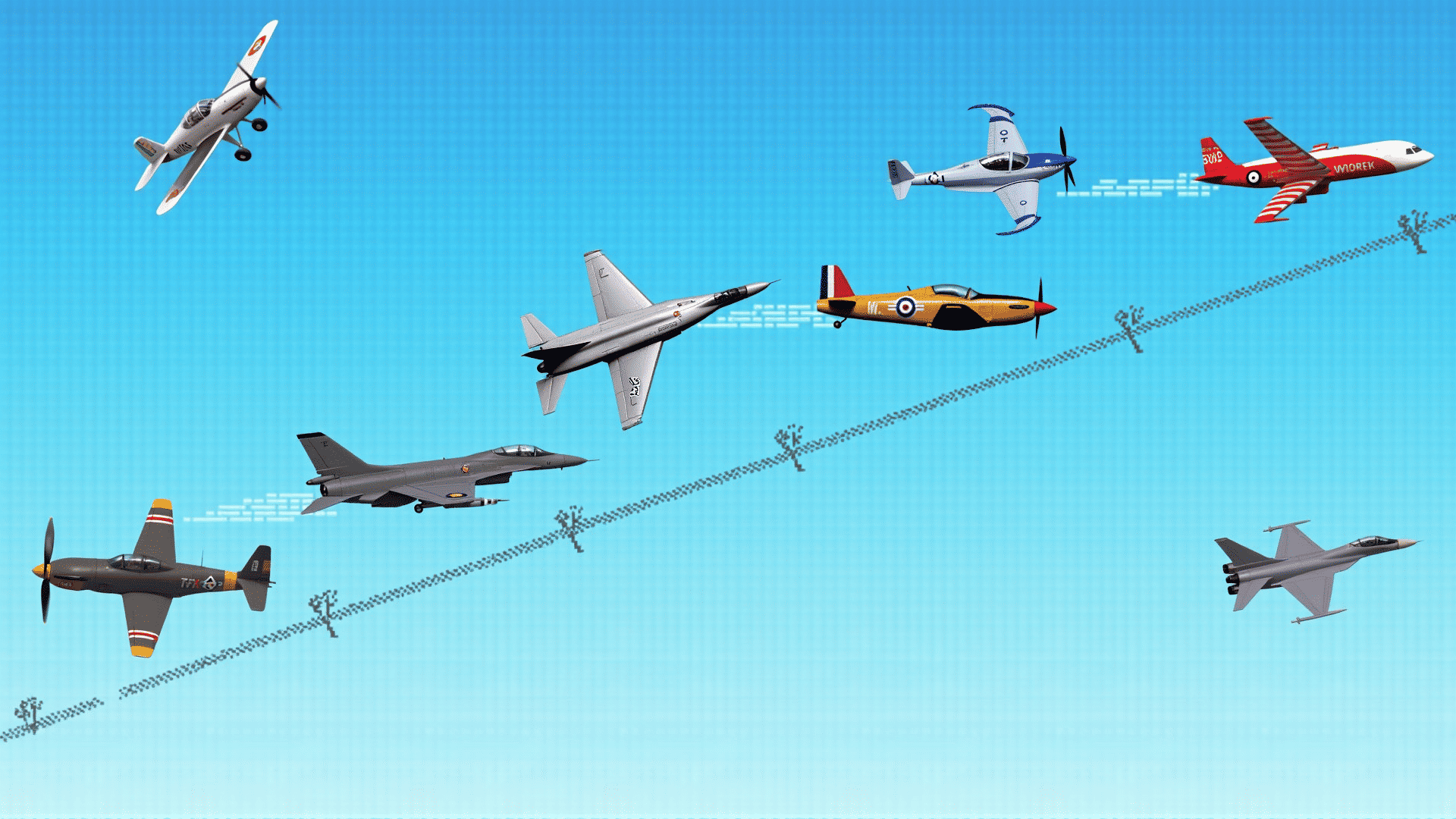The history of aviation in gaming is a rich tapestry that reflects not only the technological advancements in the gaming industry but also the fascination with flight that has captured human imagination for centuries. From the pixelated skies of early arcade games to the hyper-realistic virtual cockpits of today's simulators, the depiction of aviation in video games has evolved dramatically over the decades.
In the early days of video gaming, aviation was often depicted through simple mechanics due to the limitations of hardware. Games like "Jet Rocket" and "Ace" in the 1970s offered players a rudimentary flight experience using basic graphics and minimal controls. These games laid the groundwork for more sophisticated titles by sparking interest in flight simulation.
As technology advanced, the 1980s introduced the golden age of flight simulators. Among them, Microsoft's "Flight Simulator" series, launched in 1982, became a household name. The series was lauded for its commitment to realism and accuracy, attracting both aviation enthusiasts and casual gamers. Players could operate virtual cockpits with increasing complexity, and the games evolved to simulate real-world geography and weather, allowing for immersive experiences.
Simultaneously, arcade-style aviation games gained popularity with titles like "1942" and "After Burner." These games prioritized fast-paced action over realism, with players taking on the role of fighter pilots engaging in dogfights and bombing missions. Such games helped diversify the aviation genre, offering different flavors of aerial adventure.
The 1990s saw further sophistication in both flight simulators and action-oriented aviation games. The release of "F-22 Interceptor" and "TIE Fighter" showcased how varied the experiences could be, offering everything from realistic military operations to space-based dogfights within beloved sci-fi universes. Moreover, the increase in computing power allowed developers to produce more detailed environments and complex flight dynamics, boosting the overall quality and appeal of aviation games.
With the arrival of the 21st century, the depiction of aviation in video games reached new heights. Advanced graphics engines and improved simulation technology enhanced realism to the point where games like "IL-2 Sturmovik" and the updated versions of "Microsoft Flight Simulator" became training aids for aspiring pilots. These games offered intricately modeled aircraft, dynamic weather conditions, and convincingly detailed global maps, creating unprecedented levels of immersion.
The rise of online gaming further transformed aviation experiences by introducing multiplayer elements. Games like "War Thunder" and "World of Warplanes" allowed players from all over the world to engage in dogfights, coordinate squadron missions, and experience large-scale aerial battles. This shift mirrored a broader trend in gaming, where communal interaction and competition became central to the gaming experience.
In recent years, the depiction of aviation in gaming has continued to thrive, particularly as virtual reality (VR) technology gains traction. VR headsets provide a fully immersive cockpit experience, allowing players to feel as though they are truly soaring through the skies. Games that support VR, such as "Ace Combat 7: Skies Unknown," exemplify how the latest technology can elevate the sense of presence and realism long sought by aviation game enthusiasts.
From the inception of video games to the present day, aviation has been an enduring and popular element within the gaming industry. As technology continues to advance, the depiction of aviation will undoubtedly continue to evolve, offering players even more breathtaking and authentic experiences of flight.
